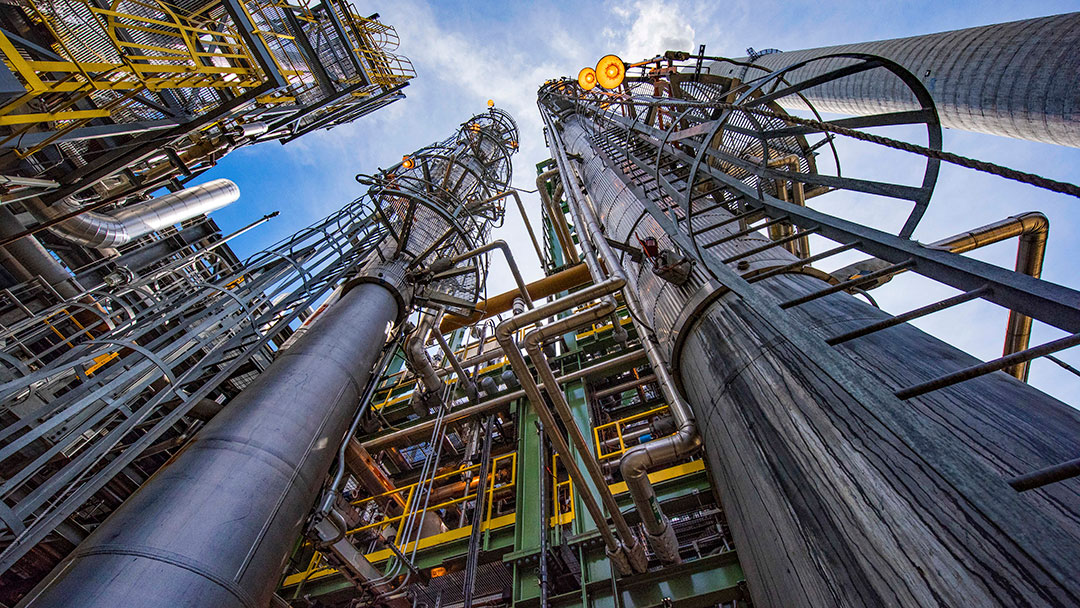Southern Company to expand use of unmanned aircraft
<p>September 6, 2016</p>
<p>As a leader in the research and development of emerging energy technologies, Southern Company has been investigating the use of unmanned aircraft systems (UAS), or drones, for assessing damage following storms and performing routine power line inspections.</p>
<p>Now, a new rule from the Federal Aviation Administration will enable the company to expand the number and types of UAS flights, opening up new opportunities to improve safety and reliability, reduce costs and create better ways to serve customers.</p>
<p>Southern Company was one of the first U.S. utilities to receive FAA approval to pilot UAS, and has been exploring innovative uses of the rapidly expanding technology for over a year. There are potential applications for the devices across all parts of the company's business.</p>
<p>"UAS has the potential to revolutionize our business, to be a game changer," said Southern Company Chief Environmental Officer Dr. Larry Monroe. "Southern Company has been proactive in pushing the deployment of UAS technology forward, so that we can use drones to help our employees work more safely, improve reliability and, at the end of the day, deliver real solutions that meet our customers' energy needs in more inventive ways."</p>
<p>The use of UAS technology to assess damage to power lines after storms promises to speed up the repair and recovery process. Drones also provide a better alternative for performing routine inspections of infrastructure, such as transmission lines and towers.</p>
<p>In the case of inspections, risk to crews is reduced by providing an alternative to helicopter flights and avoiding the need to climb tall structures. Replacing manned flights with drones is also expected to lower operating and maintenance costs and reduce environmental impacts.</p>
<p>UAS have successfully been used to help with lake and land management and environmental stewardship - including inspecting osprey and eagle nests on transmission towers to determine if equipment could be safely used without harming endangered species.</p>
<p>There are also benefits in mapping and surveying, hydro dam and power plant inspections, construction management, training and much more.</p>
<p> </p>

